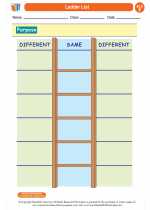Understanding Drawing Conclusions
Definition:
Drawing conclusions involves using information from the text, along with your own knowledge and experiences, to make an educated guess or inference about something that is not directly stated.
Steps to Drawing Conclusions:
- Read Carefully: Pay close attention to the details and information presented in the text.
- Identify Clues: Look for context clues, descriptions, and evidence that can help you form a conclusion.
- Consider Background Knowledge: Use your own knowledge and experiences to help you understand the text and make inferences.
- Formulate a Conclusion: Based on the information and clues, make an educated guess or inference about the unstated information in the text.
- Support Your Conclusion: Use evidence from the text to justify and support your inference.
Examples:
Example 1: From the sentence "The sky darkened, and thunder rumbled in the distance," you can draw the conclusion that a storm is approaching.
Example 2: In a story about a character who is always helping others, you can draw the conclusion that the character is kind and caring.
Practice Exercises:
Read a short passage and identify the clues and evidence that can help you draw conclusions about the characters, events, or situations presented in the text. Support your conclusions with evidence from the passage.
Importance of Drawing Conclusions:
Drawing conclusions is essential for comprehending and analyzing texts. It helps readers engage with the material, understand underlying meanings, and make connections between the text and their own experiences.
[Drawing Conclusions] Related Worksheets and Study Guides:
.◂English Language Arts Worksheets and Study Guides Sixth Grade. Drawing Conclusions
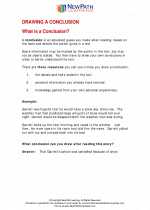
 Worksheet/Answer key
Worksheet/Answer key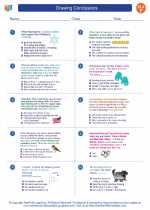
 Worksheet/Answer key
Worksheet/Answer key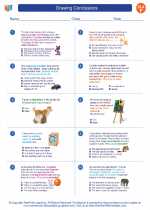
 Worksheet/Answer key
Worksheet/Answer key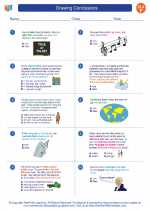
 Worksheet/Answer key
Worksheet/Answer key